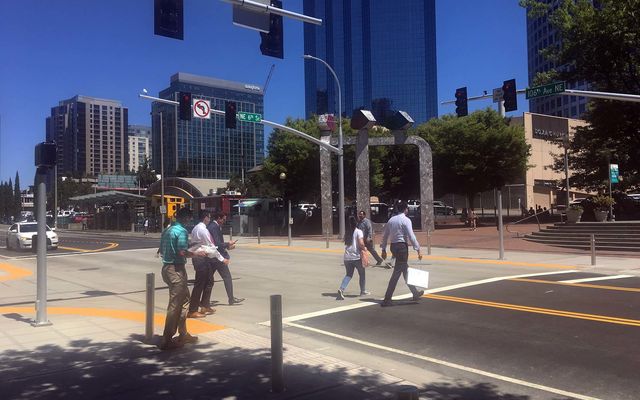
Questionnaire available as city creates new planning framework
The city is in the process of creating a new long-range planning framework to better guide transportation system investments. To make sure the plan reflects the priorities of everyone who walks, bikes, takes transit or drives in Bellevue, we’re inviting people to provide feedback through a questionnaire.
The questionnaire is available at EngagingBellevue.com/mobility-plan starting today (Monday, July 26), and will be live through Friday, Aug. 13. It takes approximately 10 minutes to complete. Your input is critical in the development of this planning framework – called the Mobility Implementation Plan – and your responses will be shared with the Transportation Commission, which the City Council has tasked with developing the plan.
One important purpose of the MIP is to consolidate several existing transportation plans, ensuring they are compatible with each other and with the city’s land use plan. It will help the city make decisions on project investments based on what people want in their transportation system and related quality-of-life issues that result from those investments.
Key elements that will be incorporated into the MIP are:
- Multimodal concurrency: Concurrency is a state requirement that cities adopt transportation system plans that accommodate anticipated growth. Bellevue’s concurrency standard now only measures vehicle capacity at specific intersections. Under multimodal concurrency, additional travel modes would be considered, such as transit, bicycling and walking.
- Equity: The plan will integrate equity into transportation planning and prioritize projects to ensure that everyone can get around town. It will develop an “equity index” to measure equity in the transportation system. Metrics could include income, language, race and disability.
- Sustainability: The MIP will support the city’s goal to minimize transportation impacts on the environment. Strategies include reducing commute trips by solo drivers, expanding mobility options and decreasing greenhouse gas emissions.
- Performance measures: Another important aspect of the MIP will be performance metrics, or measured characteristics of the transportation system. An example is a bus stop passenger amenity such as a bench. Coupled with metrics will be performance targets that describe the level of service intended for each travel mode. For example, a target for sidewalk width might be seven feet.
Work on the MIP runs through 2021, with city council adoption of the new plan anticipated by the end of the year; some follow-up work is expected to continue into 2022. More information on the MIP is available at BellevueWA.gov/mobility-plan.
Source: City News

Recent Comments